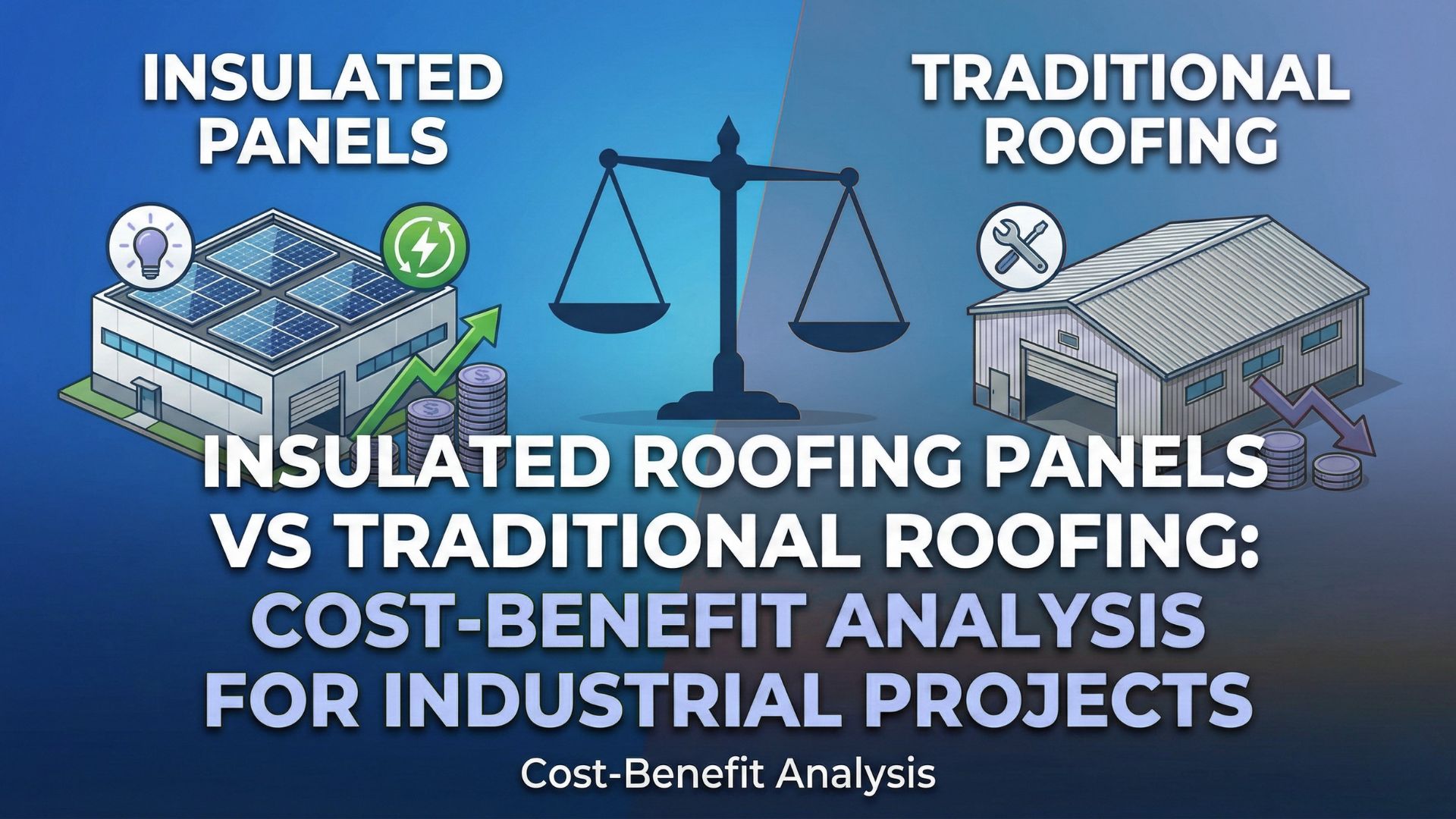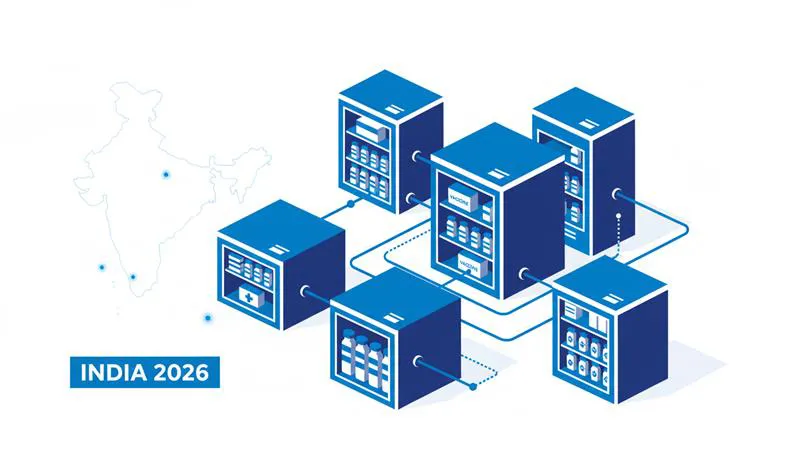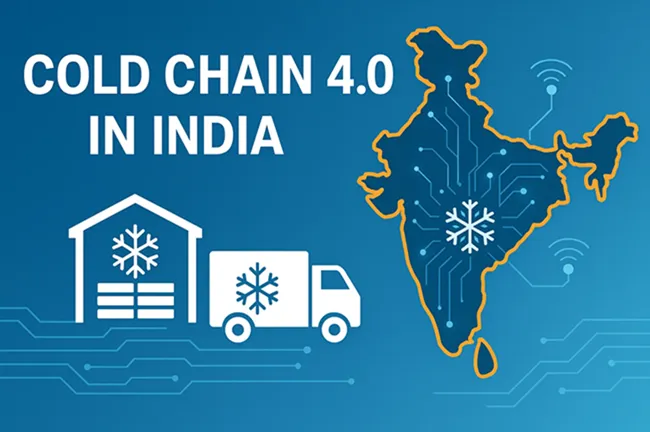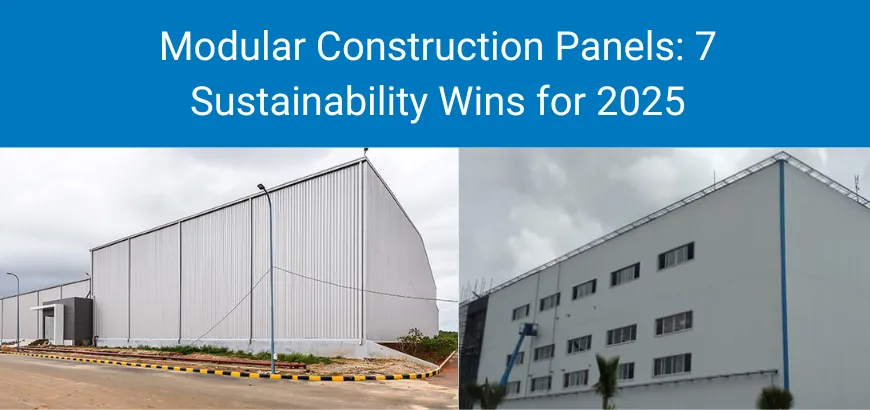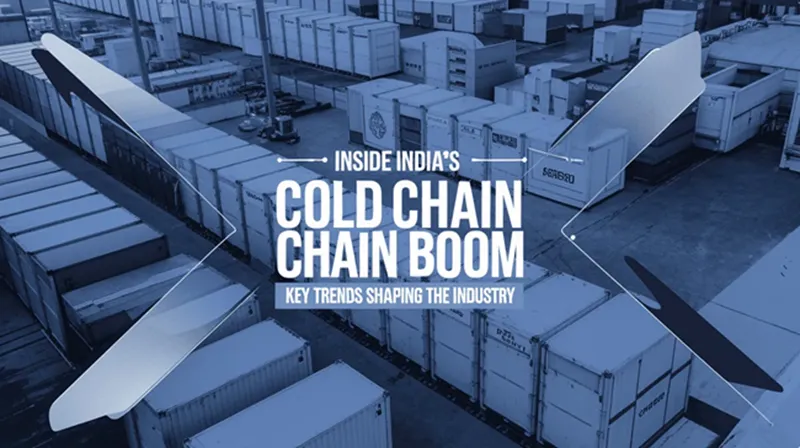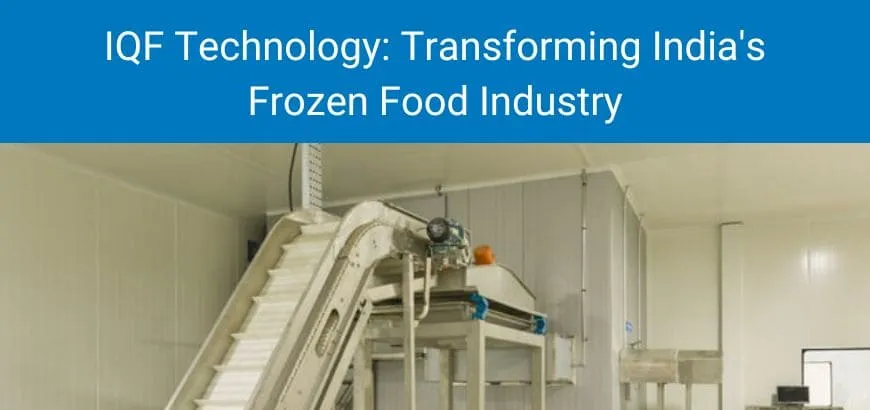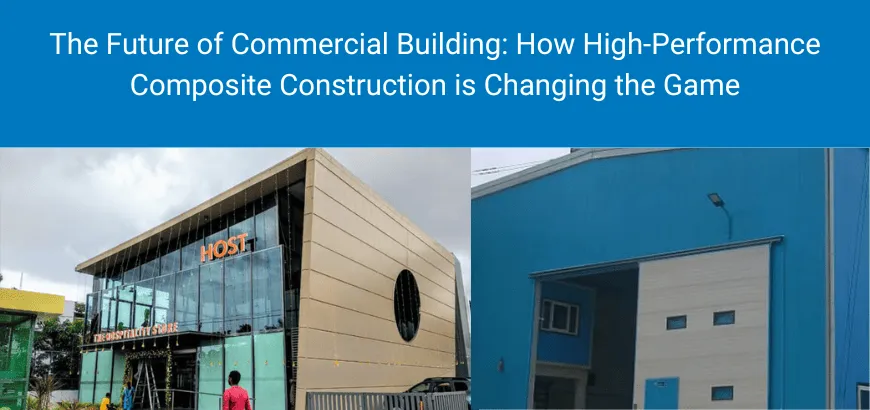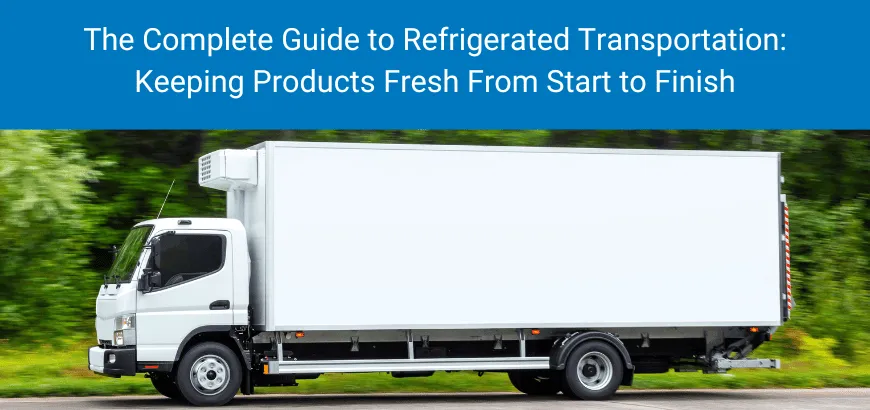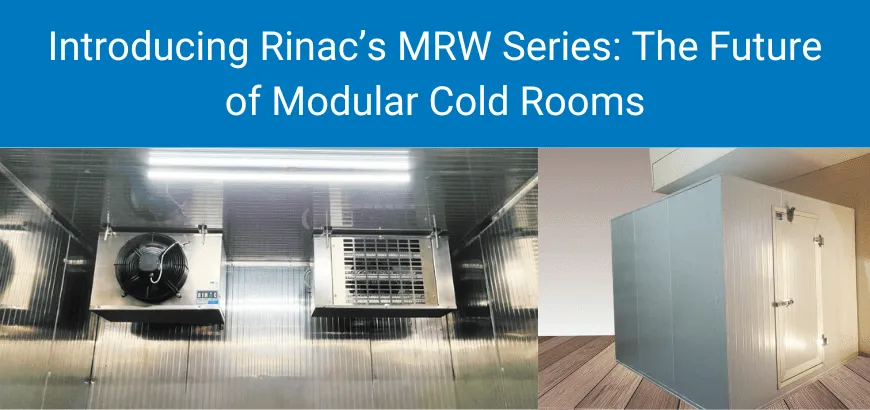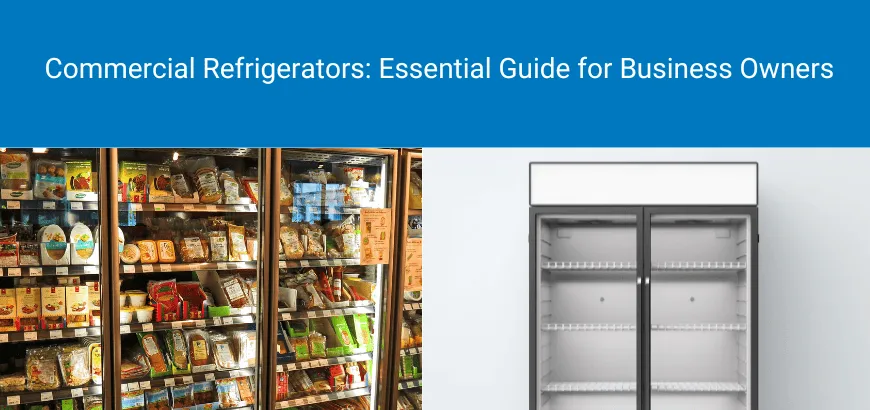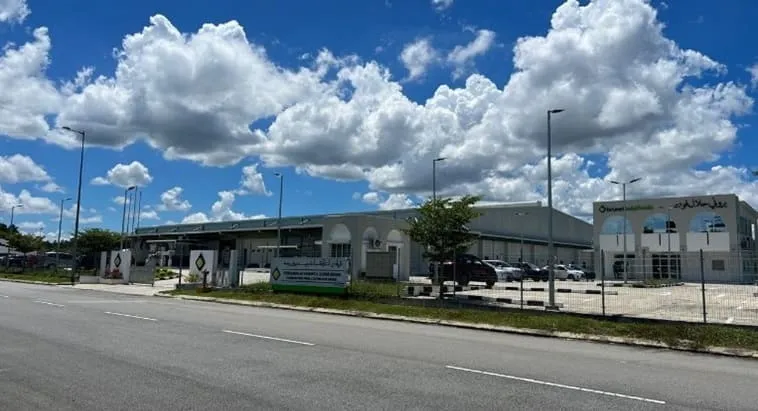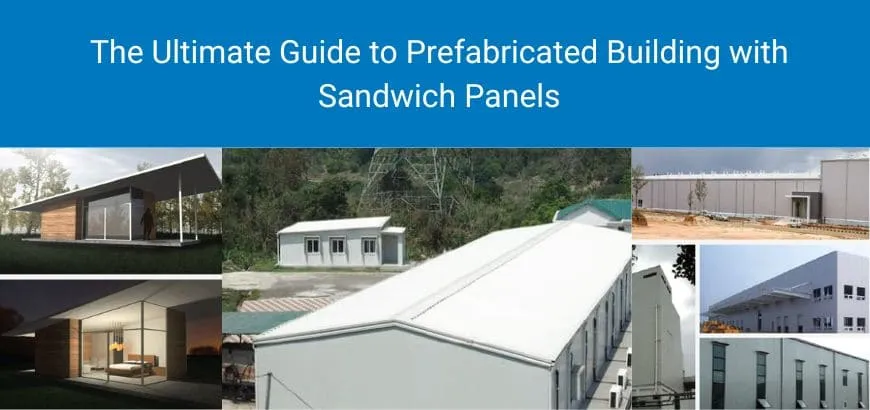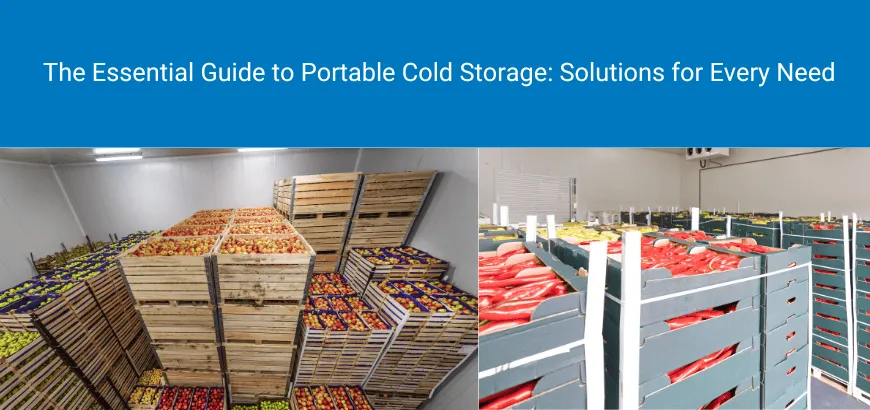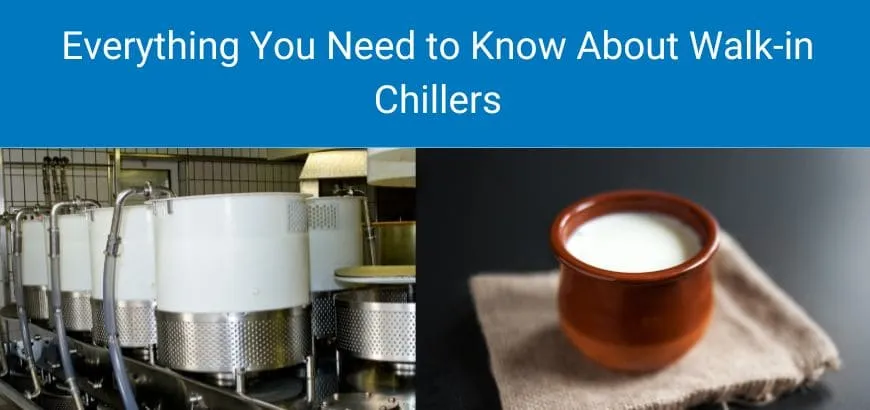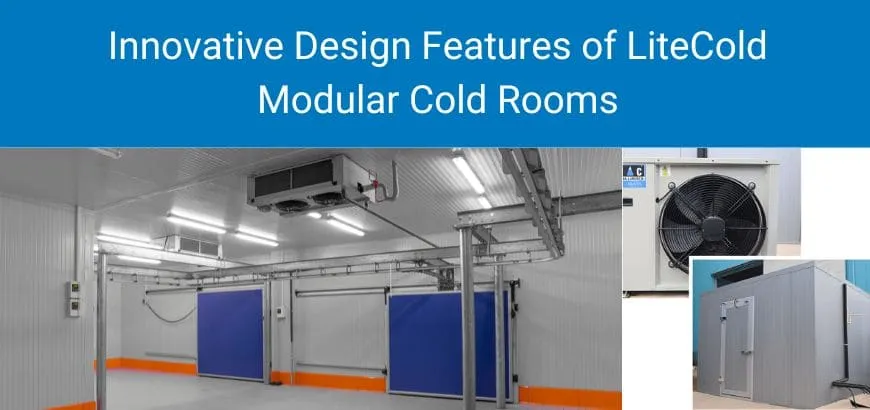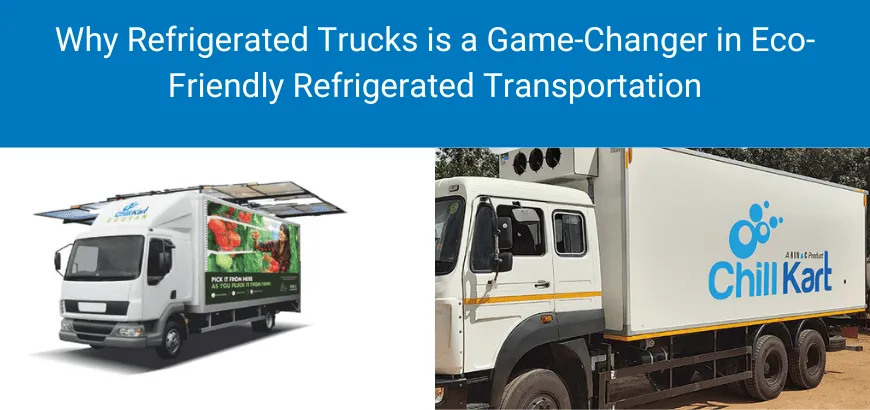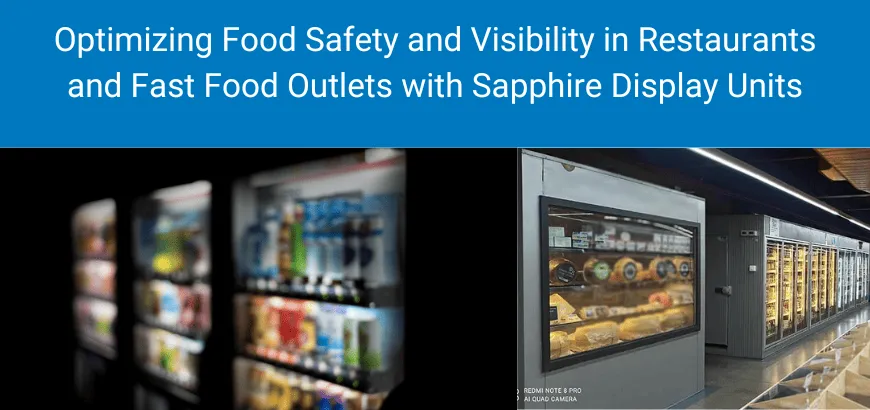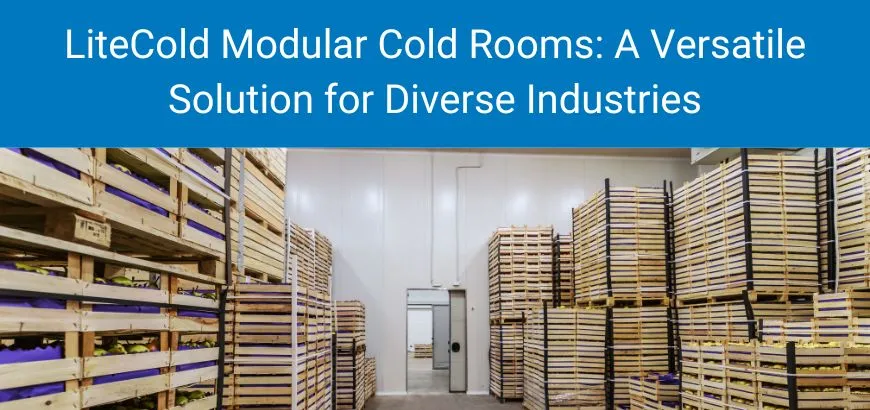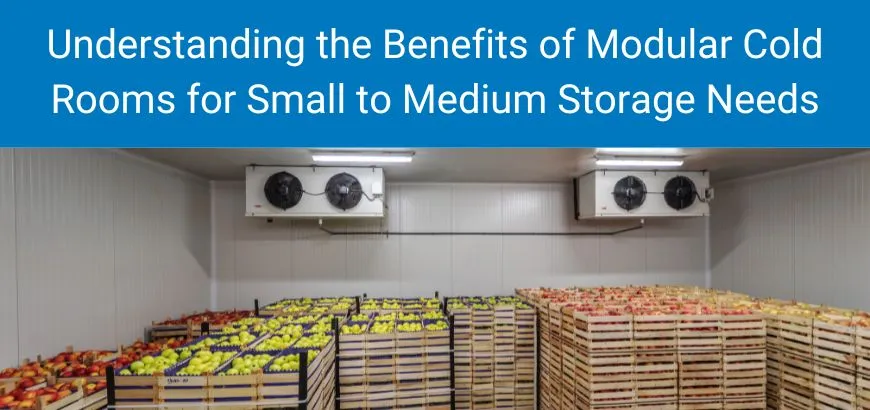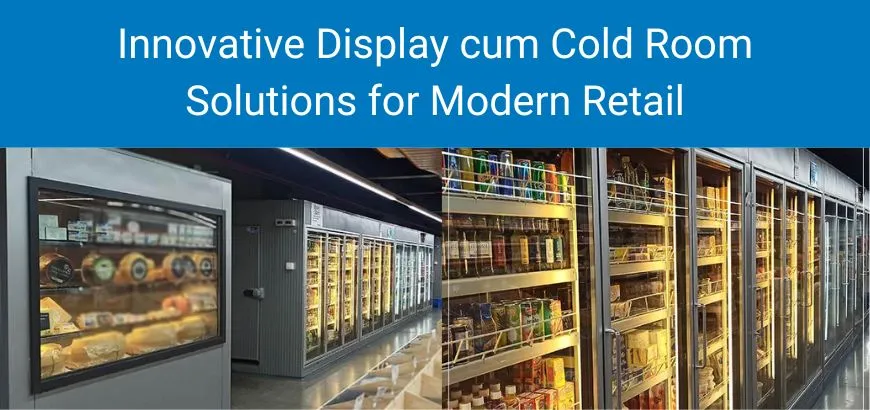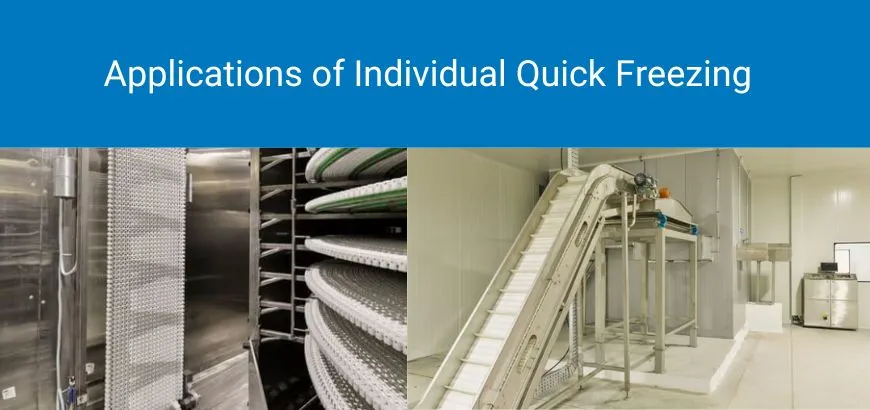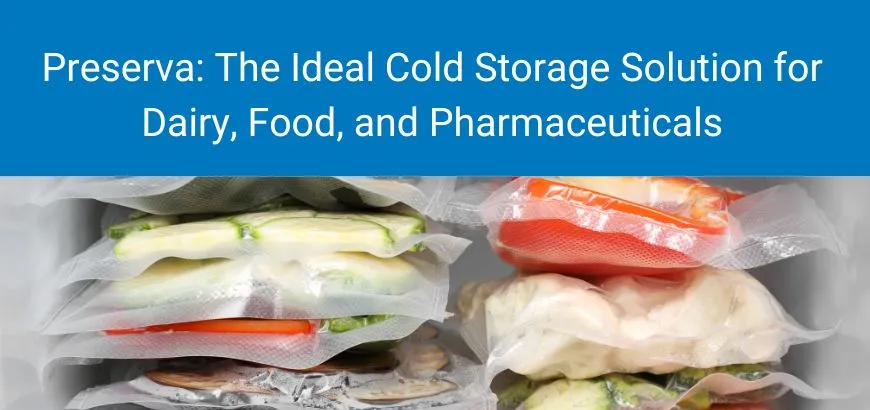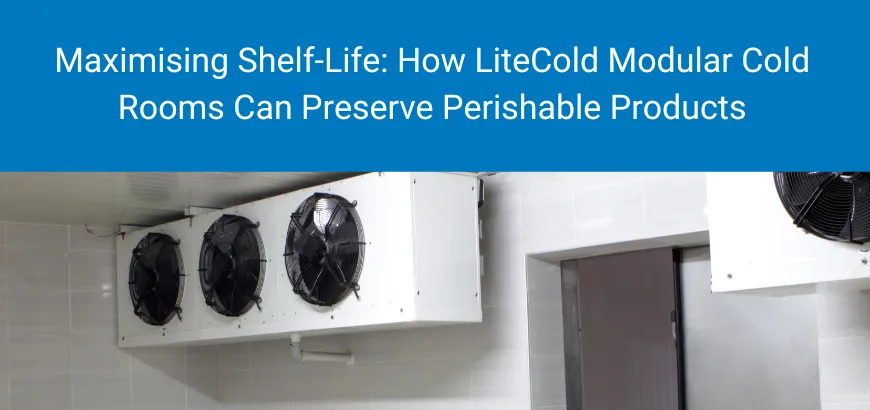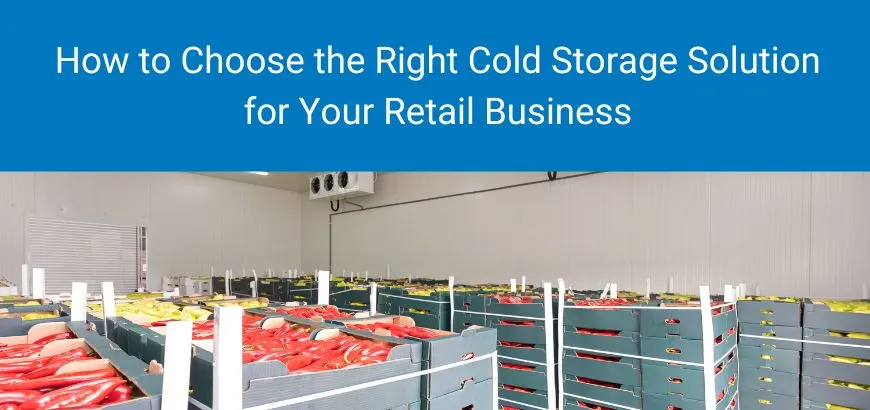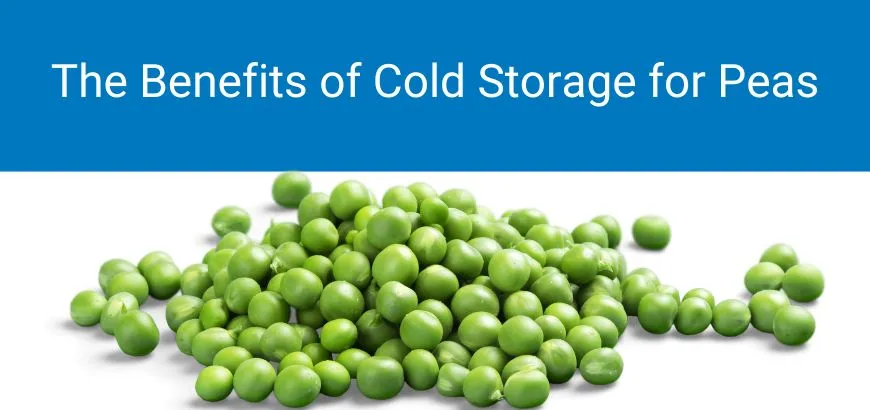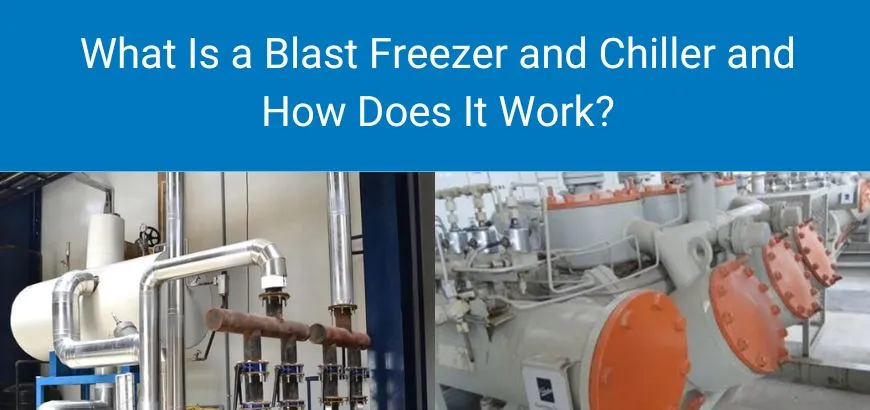
Practical and efficient storage solutions are critical for warehouse operations. Undoubtedly, industrial racking and storage solutions play a vital role in maximizing space utilization, improving workflow, and enhancing overall productivity. Whether you’re looking to optimize space or improve safety, this comprehensive guide will provide you with the insights you need to make informed decisions
What Is Industrial Racking and Storage?
Industrial racking refers to a systematic arrangement of storage units designed to support and organize inventory in warehouses and distribution centers. These storage solutions are essential for effectively managing large quantities of products while ensuring easy access and safety.
The importance of effective racking systems cannot be overstated; they directly influence storage capacity, operational efficiency, and inventory management.
Types of Industrial Racking Systems
Here is a brief overview of different types of industrial racking systems.
Selective Pallet Racking
Suitable for warehouses with a diverse inventory and varying turnover rates as it allows for convenient and easy access to all products.
Pros:
- Easy accessibility to each pallet.
- Flexible layout options.
- Cost-effective.
Cons:
- Limited storage density.
- Requires more aisle space.
Drive-In/Drive-Through Racking
Best for storing homogeneous products with a low turnover rate, like seasonal goods.
Pros:
- Maximizes space by allowing multiple pallets deep.
- Ideal for high-density storage.
Cons:
- Limited accessibility to individual pallets.
- Requires specialized forklifts.
Push-Back Racking
Suitable for warehouses with a moderate inventory turnover and similar products.
Pros
- High-density storage with easy access.
- Reduces aisle space compared to selective racking.
Cons:
- More complex than selective systems.
- Can be costly to implement.
Pallet Flow Racking
Excellent for fast-moving items where quick access and turnover are essential.
Pros:
- Uses gravity for efficient pallet retrieval.
- Maximizes storage density.
Cons:
- Higher initial investment.
- Requires precise product flow management.
Cantilever Racking
Ideal for industries like lumber, furniture, or steel where long loads are common.
Pros:
- Perfect for storing long or bulky items.
- Easy to customize height and width.
Cons:
- Limited to specific types of products.
- Less stable than other systems for smaller items.
Mobile Racking
Suitable for warehouses with high-density storage needs and limited floor space.
Pros:
- Maximizes storage space by allowing racks to move.
- Increases storage density significantly.
Cons:
- Higher upfront cost.
- Requires careful planning and training.
Factors to Consider When Choosing Industrial Racking
When selecting industrial racking, it’s essential to evaluate multiple factors to ensure optimal storage efficiency and compliance.
1. Available Space and Warehouse Layout: Analyze your warehouse’s dimensions, including ceiling height, to determine how much vertical space can be utilized. Make sure your layout allows for efficient flow of goods and easy access to inventory.
2. Types of Products Being Stored: Different products have varying storage needs. Consider weight, size, and handling requirements when choosing a racking system. For example, heavy or bulky items may require cantilever or heavy-duty racking.
3. Inventory Turnover Rate: Understanding your inventory turnover rate will help you select a system that aligns with how quickly your products are moving. High turnover rates may benefit from selective or pallet flow racking, while lower rates might be better suited for drive-in systems.
4. Budget Constraints: Consider both the initial investment and long-term operational costs. Some systems might have lower upfront costs but can be more expensive to maintain.
5. Safety Regulations and Compliance: Ensure that the racking system meets all relevant safety standards and regulations. Compliance with OSHA guidelines and local laws is essential to avoid penalties and ensure employee safety.
How to Optimize Storage Density
Maximizing storage density involves tactics that enhance vertical space utilization and improve layout efficiency. This enables warehouses to store more items without expanding their footprint.
- Vertical Space Utilization: Maximizing vertical space can significantly increase storage capacity. Systems like high-bay racking can help you utilize ceiling heights effectively.
- Narrow Aisle Configurations: Implementing narrow aisle configurations can increase the number of storage rows while maintaining accessibility. The use of specialized forklifts, such as swing-reach trucks, can enhance this approach.
- Double-Deep Racking: This method allows for storing pallets two deep, improving space utilization without sacrificing accessibility.
- Mezzanine Installations: Creating mezzanine levels can provide additional storage without the need for expanding your facility. This cost-effective tactic helps you leverage vertical space efficiently.
Enhancing Warehouse Operations with Modern Storage Solutions
The storage solutions are evolving with advanced technology. Here is a quick look at how technology can help enhance warehouse operations.
Automated Storage and Retrieval Systems (AS/RS)
AS/RS streamline the storage and retrieval processes by using technology to move items without manual intervention. This speeds up operations and enhances accuracy, reducing labor costs and minimizing human errors. AS/RS allows warehouses to manage higher volumes of inventory more efficiently, improving overall productivity.
Warehouse Management Systems (WMS) Integration
Integrating a warehouse management system enables real-time tracking of inventory levels and movements. This enhances operational efficiency by streamlining tasks like order picking and stock replenishment. With accurate data at their fingertips, managers can make informed decisions and reduce the risk of stockouts and optimizing inventory levels.
RFID and Barcode Technology for Inventory Tracking
Using RFID tags and barcodes improves inventory management by automating tracking processes. This technology allows for quick and precise inventory counts, reducing manual errors and speeding up item retrieval. Real-time visibility into inventory enhances decision-making and helps businesses maintain optimal stock levels.
Pick-to-Light and Voice-Picking Systems
Pick-to-light and voice-picking systems enhance picking efficiency by guiding workers with visual signals or voice instructions. These technologies minimize picking errors and significantly speed up the order fulfillment process. By streamlining picking operations, warehouses can improve productivity and better meet customer demands.
Safety Considerations in Industrial Racking and Storage
Ensuring safety in industrial racking and storage is important for both workers and businesses.
- Carry out regular inspections and maintenance of racking systems to ensure safety and compliance with industry standards.
- Always adhere to the load capacity guidelines provided by the manufacturer to prevent overloading, which can lead to structural failure.
- Train employees on safe forklift operation and the importance of maintaining clear pathways. This can reduce the risk of accidents.
- Incorporate safety accessories such as rack guards, safety netting, and signage to enhance safety in the warehouse.
Future Trends in Industrial Racking and Storage
The industry is witnessing some new trends that you cannot miss.
Robotics and Automation
The integration of robotics in warehousing is expected to grow. This will allow for more efficient and cost-effective operations.
IoT and Smart Warehousing
IoT technology enables real-time monitoring of inventory levels and conditions, leading to smarter decision-making and improved operational efficiency.
Sustainable and Eco-Friendly Storage Solutions
As environmental concerns grow, the industry is shifting towards sustainable practices, including using eco-friendly materials and energy-efficient systems.
Flexible and Modular Racking Systems
Modular racking solutions allow businesses to adapt their storage solutions as inventory needs change. This translates to greater flexibility for growing operations.
Why Choose Rinac for Industrial Racking and Storage Solutions
Rinac offers a wide range of racking solutions designed to meet various storage needs, optimizing space and enhancing operational efficiency.
Key Features:
- Quick and easy to install
- Offer versatility and felxibility
- Light, robust structures that eliminate the need for heavy-duty construction.
- Modular designs compliant with EN 15512 standards.
- Tailored systems for easy order picking, customized to specific needs.
To know more about the solutions, click here.
Conclusion
In conclusion, choosing the right industrial racking and storage solutions is essential for optimizing space, improving operational efficiency, and ensuring long-term durability. With customized and modular systems like those offered by Rinac, businesses can effectively streamline their storage processes while adapting to changing needs.
To know more, get in touch with us today.
